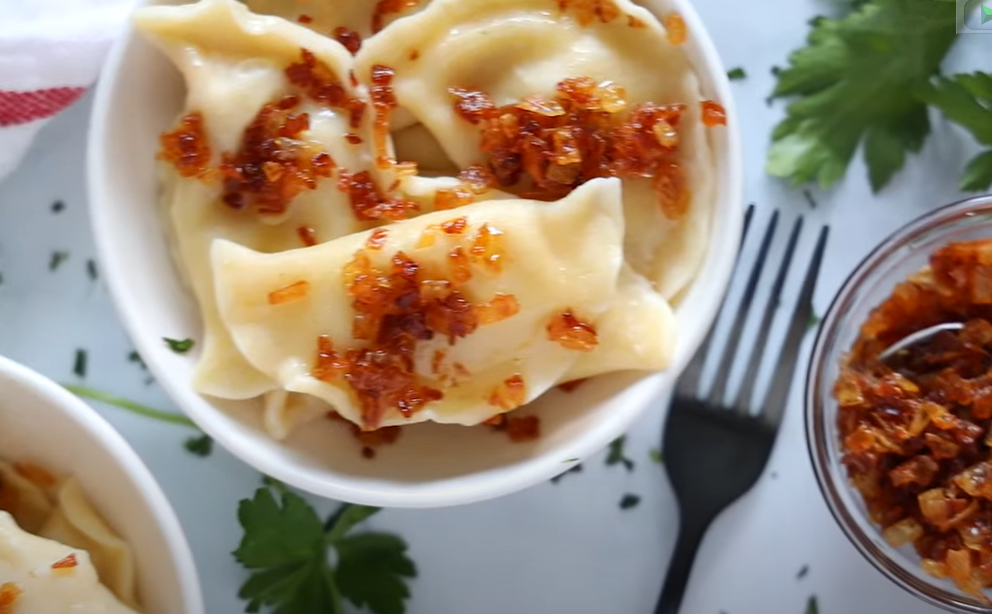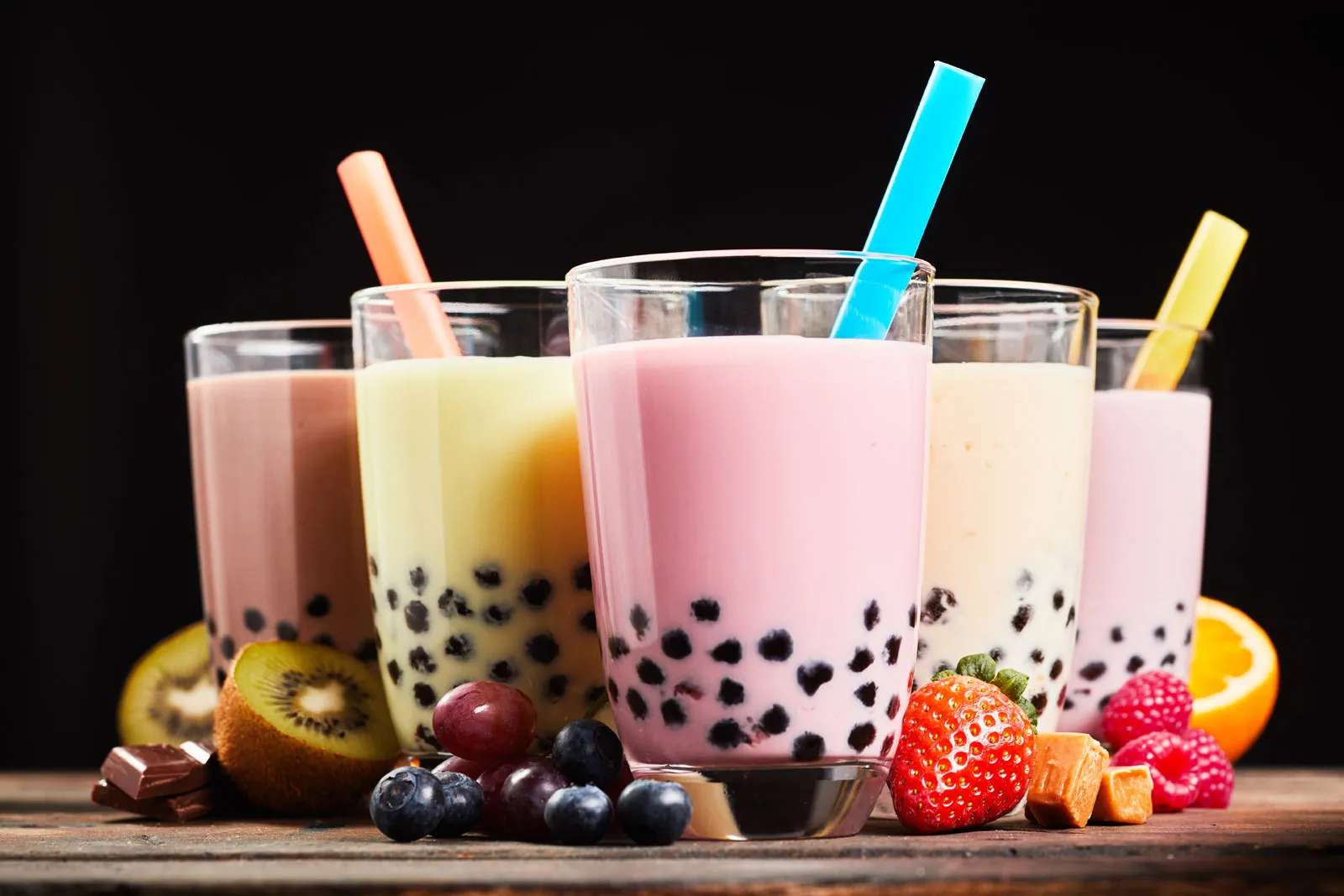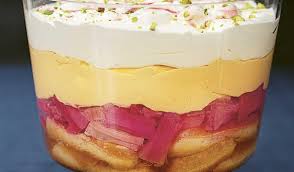A Journey into Polish Comfort Cuisine
Introduction: Pierogi, the epitome of Polish comfort food, are delectable filled dumplings that invite you to embark on a culinary adventure. Much like their counterparts, ravioli, mantoo, or gyoza, these versatile morsels can be filled with an array of ingredients, ranging from savory minced meat to sweet jams. In this recipe, we delve into the world of pierogi ruskie, filled with a delightful combination of caramelized onions, potatoes, and a blend of cottage and cheddar cheese.

- The Heart of Pierogi: The Dough Creating the perfect pierogi begins with mastering the art of crafting the dough. This section guides you through the process, emphasizing the importance of allowing the dough to rest for enhanced texture and ease of handling.
Ingredients:
- 230 g flour
- 1 egg
- 1/2 tbsp. oil
- 1/2 tsp. salt
- 75 ml warm water
- 1 1/2 tbsp. salted butter
Directions: Step 1: Begin with the dough, combining the ingredients in a stand mixer. Refrigerate the dough, allowing it to rest for optimal results.
Step 2: A crucial step in pierogi preparation involves caramelizing onions, infusing a rich flavor that elevates the dish. Learn the art of achieving the perfect caramelization.
- Pierogi Ruskie Filling: A Symphony of Flavors The soul of any pierogi lies within its filling. Uncover the secrets to creating a tantalizing mixture of potatoes, cheeses, and caramelized onions, perfectly balanced for a taste of authentic pierogi ruskie.
Ingredients:
- 90 g onion, diced
- 100 g cooked potatoes, roughly mashed
- 90 g cottage cheese
- 15 g cheddar cheese, grated
- 1/4 tsp. pepper
- 1 tsp. oil
- 1 tbsp. chopped chives
Directions: Step 3: Combine potatoes, cheeses, cooled onions, and pepper for a harmonious filling. Dive into the sensory experience of mixing these ingredients by hand.
III. Crafting the Perfect Pierogi: From Dough to Dumpling The crafting of pierogi involves a meticulous process, from rolling out the dough to sealing the edges with finesse. Learn how to assemble these delectable dumplings for a culinary masterpiece.
Directions: Step 4: Assembling the pierogi requires skill and precision. Uncover tips on rolling out the dough to the ideal thickness and creating perfectly sealed dumplings using a simple cookie cutter or glass.
Step 5: Boiling pierogi is the traditional method, and this section takes you through the process, ensuring your dumplings are cooked to perfection. Learn the art of identifying when pierogi are ready and the key to preventing sticking.
Step 6: For those who prefer a crispier texture, discover the alternative method of pan-frying pierogi. Explore the nuances of achieving a golden brown exterior while maintaining a tender interior.
- Serving Up Culinary Delight: A Feast for the Senses The final act of the pierogi journey involves serving up a visual and flavorful feast. From a shower of caramelized onions to a sprinkle of fresh chives, learn how to present your pierogi ruskie with flair.
Directions: Step 7: Discover the art of presentation as you pour remaining butter over the pierogi and garnish with chives and reserved caramelized onions. Dive into the sensory experience of savoring pierogi while they are hot.
Conclusion: Embark on a culinary journey through the creation of pierogi ruskie, where each step unveils the secrets to crafting the perfect Polish comfort food. Whether you savor the traditional boiled version or indulge in the crispiness of pan-fried pierogi, the art of making these dumplings is a testament to the rich tapestry of global cuisine. So, roll up your sleeves and immerse yourself in the delightful world of pierogi crafting.


